Image
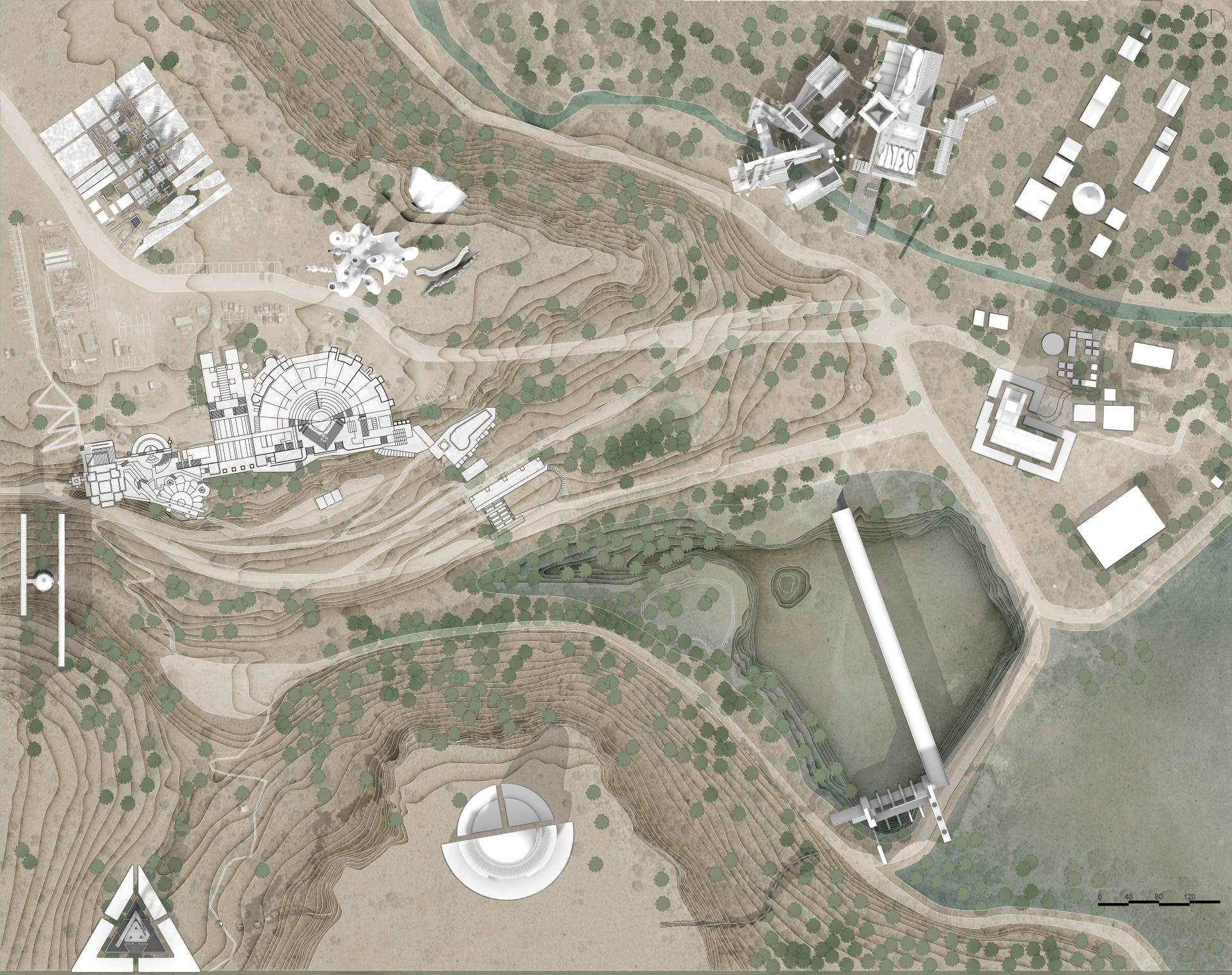
Many people believe that only when a design is built can it be called architecture. Architecture, however, was never solely about built form. And unlike other types of design, architecture depends on imagination and visualization: only the architect knows how the space works before it has actually been built. Thus, it is necessary to test the design on paper before it has been realized and many times architectural designs are heavily modified or abandoned for economic, political or environmental reasons.
Meanwhile, architects also design spaces knowing they will never be built, to exercise ideas or push toward new realities. From ancient times to the present, there have always been architects who incorporate their social, political, and philosophical ideals through media other than construction. They explore technical materials that seem impossible, new architectural languages in urban contexts, and the deep connection between architecture and the environment. Even though these utopians never had the chance to realize their works, their experimental, inspiring ideas have left us precious treasure.
Why did architects design these utopias? How have their designs and ideas influenced architecture, urban development, and society as a whole? Through designing creating an exhibition on utopian architecture at Arcosanti, an experimental utopian town in Arizona, this thesis will bring unfulfilled dreams to life. The proposed exhibition will combine reconstruction of featured utopian architecture as scale model pavilions scattered in the landscape surrounding Arcosanti, and a new pavilion to represent contemporary notions of utopia. The space that hosts the exhibition is also an exhibit, and as the pavilions are generated from the exhibition content. Each pavilion will not only be a model representation of the utopian design ideals of its designer, but also hold exhibitions of other similar utopian proposals. The exhibition melds with Arcosanti and will be an exploratory tour around the entire site. The reconstruction of historical utopias within a living utopian community will communicate different possibilities for architecture, and suggest a yet more ambitious utopian future.
Arcosanti
Image
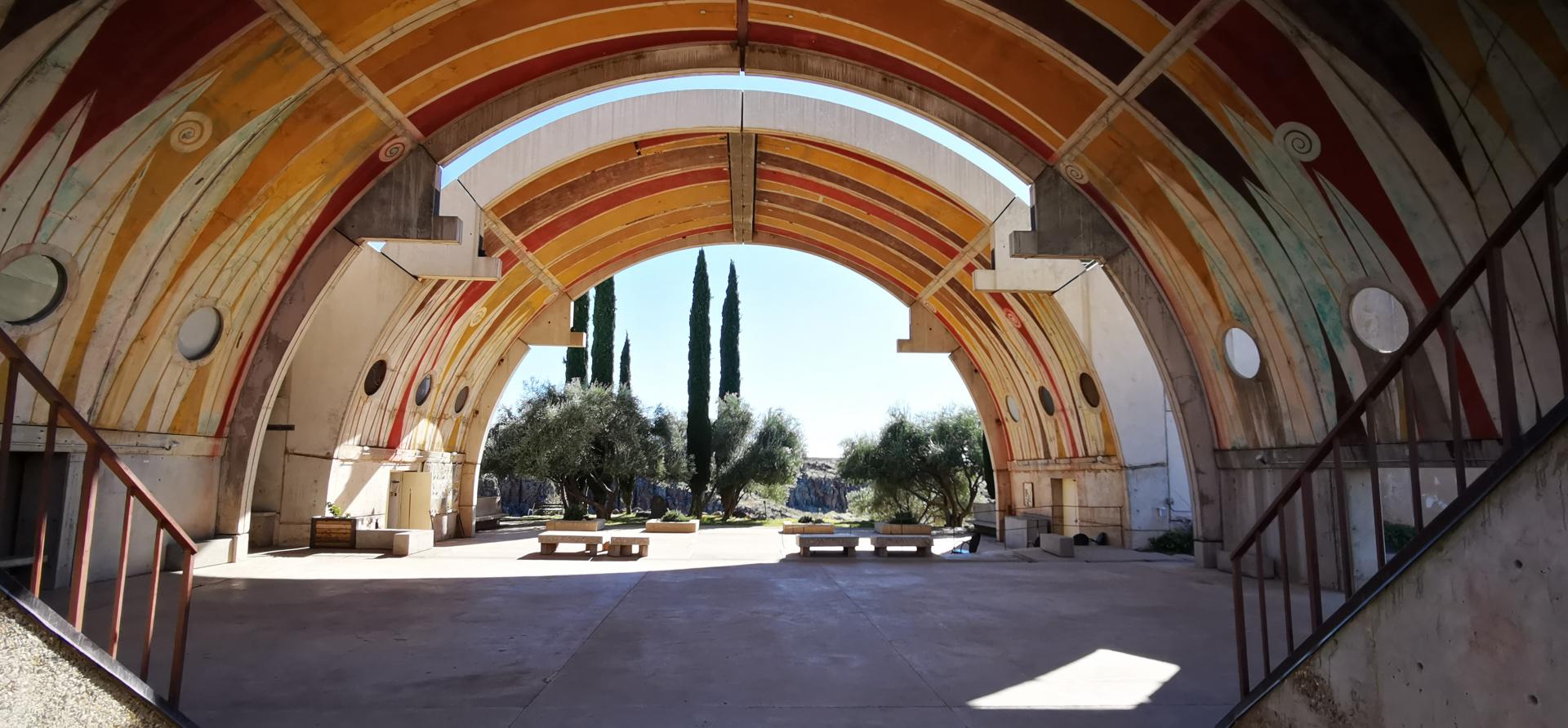
walking path
Image
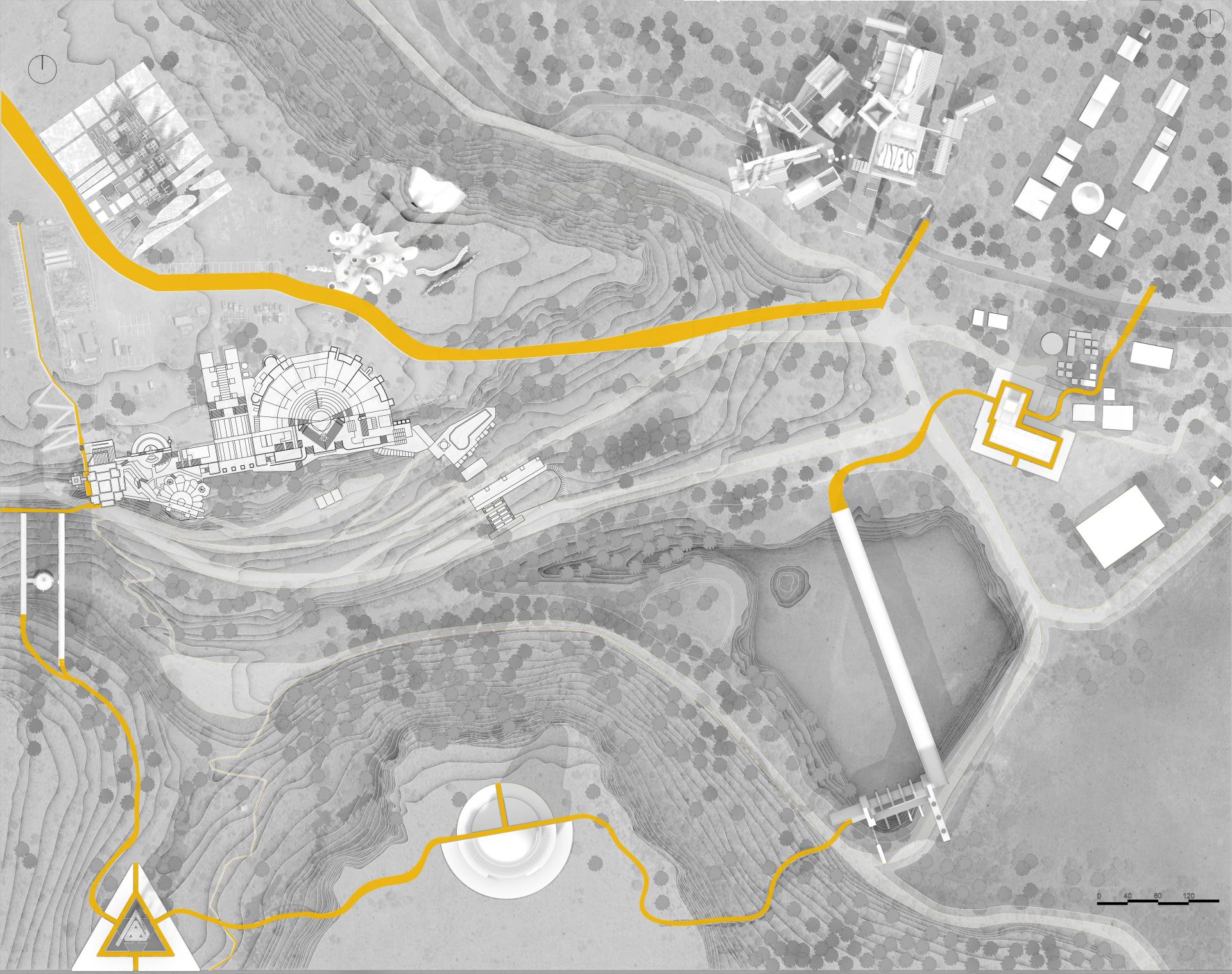
bus path
Image
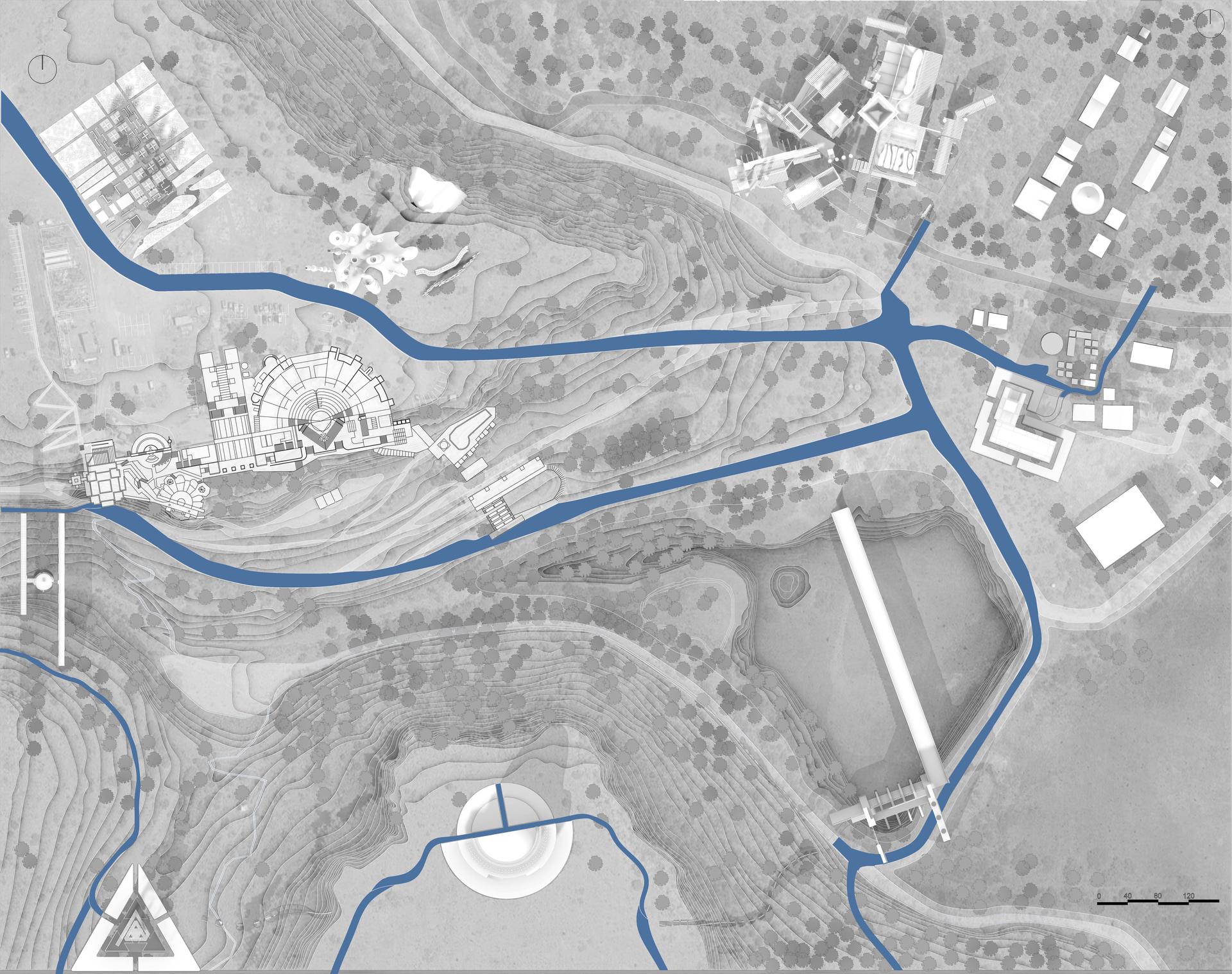
The City of Three Million Inhabitants
Le Corbusier
1922
reference photo1
Image
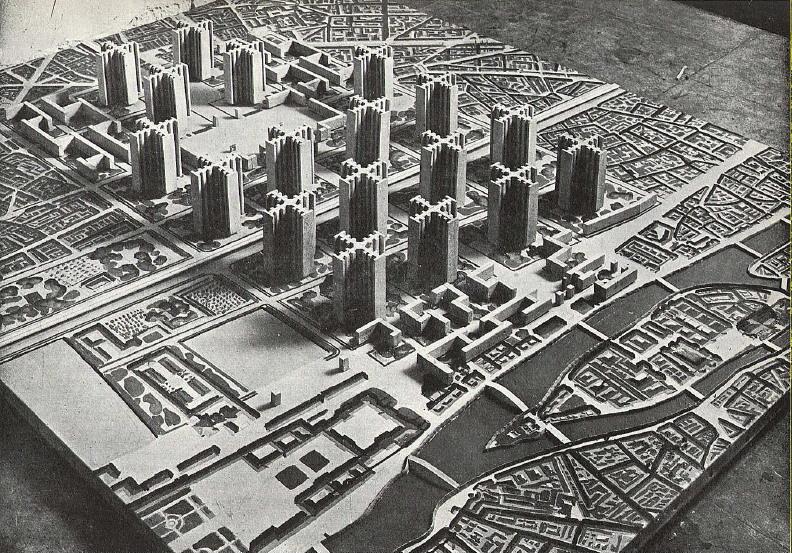
Image
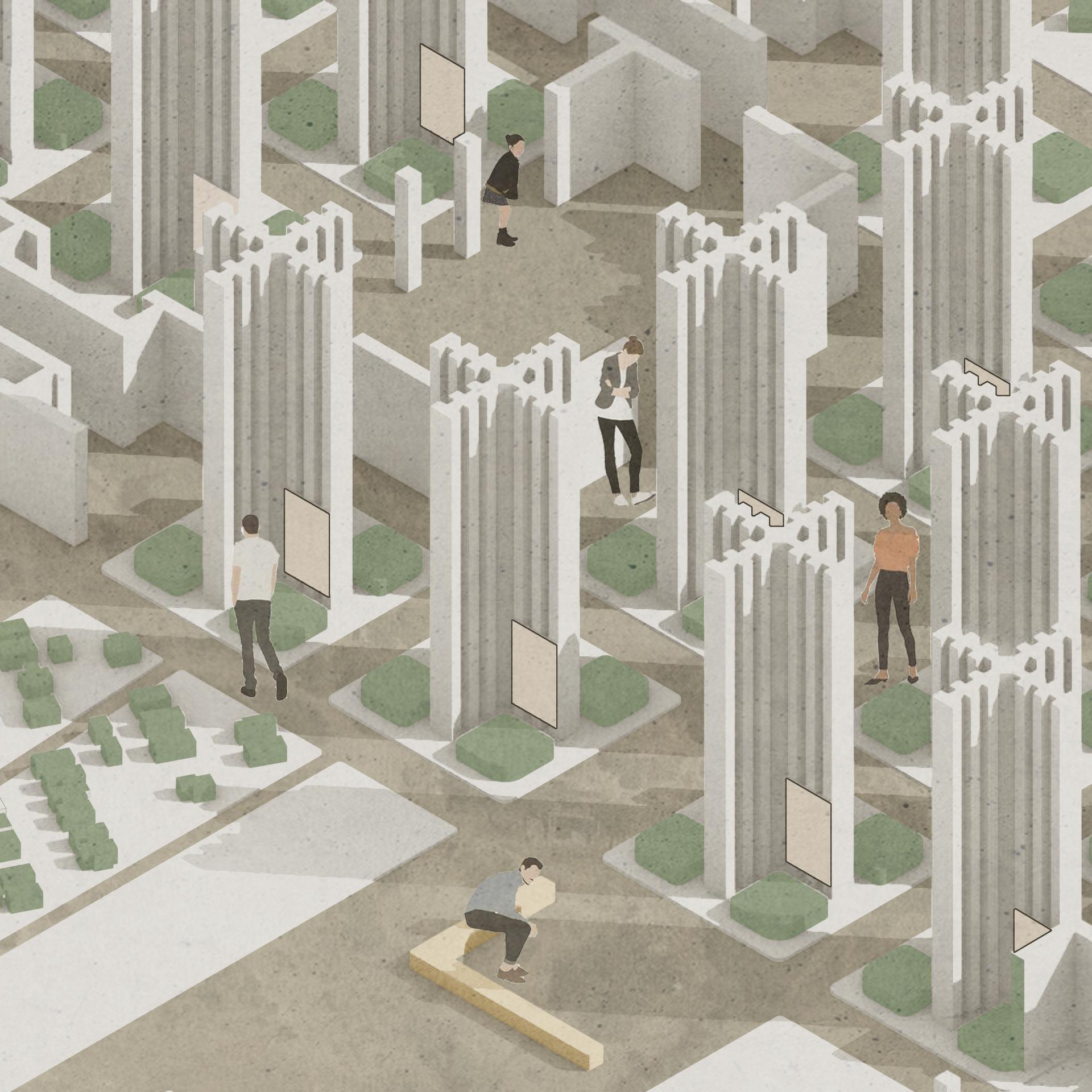
Prisons of the Imagination
Giovanni Battista Piranesi
1761
reference photo 2
Image

Image
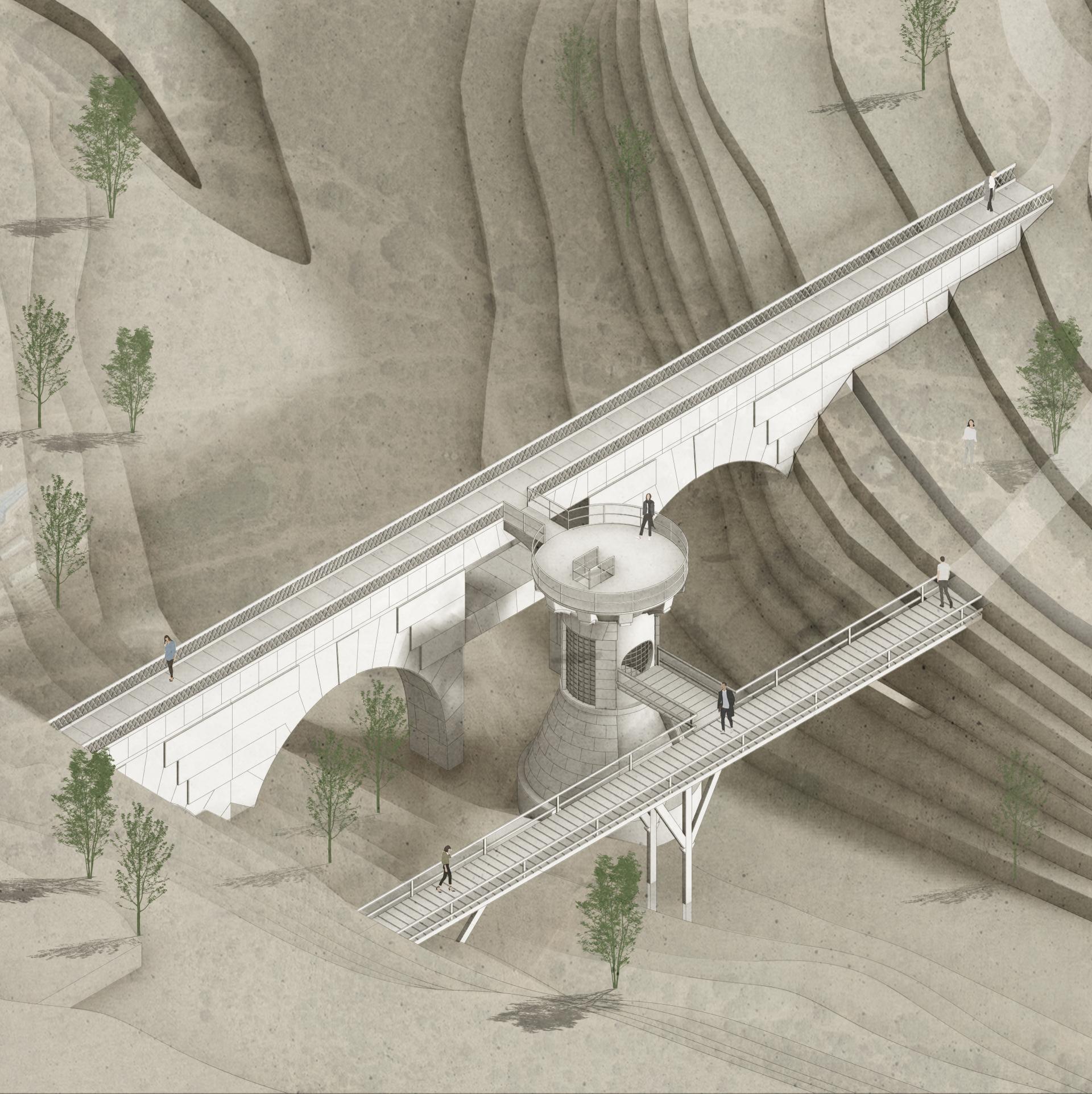
title 3
Alpine Architecture
Bruno Taut
1918
reference photo 3
Image
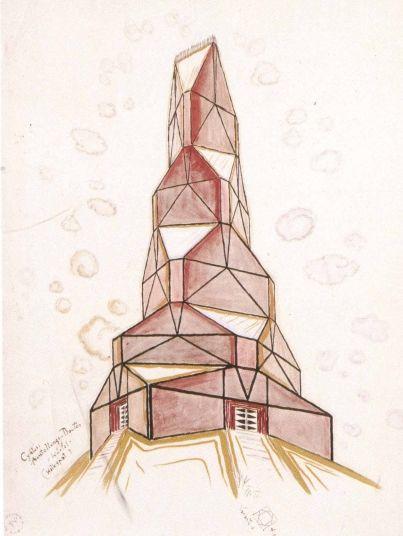
Image
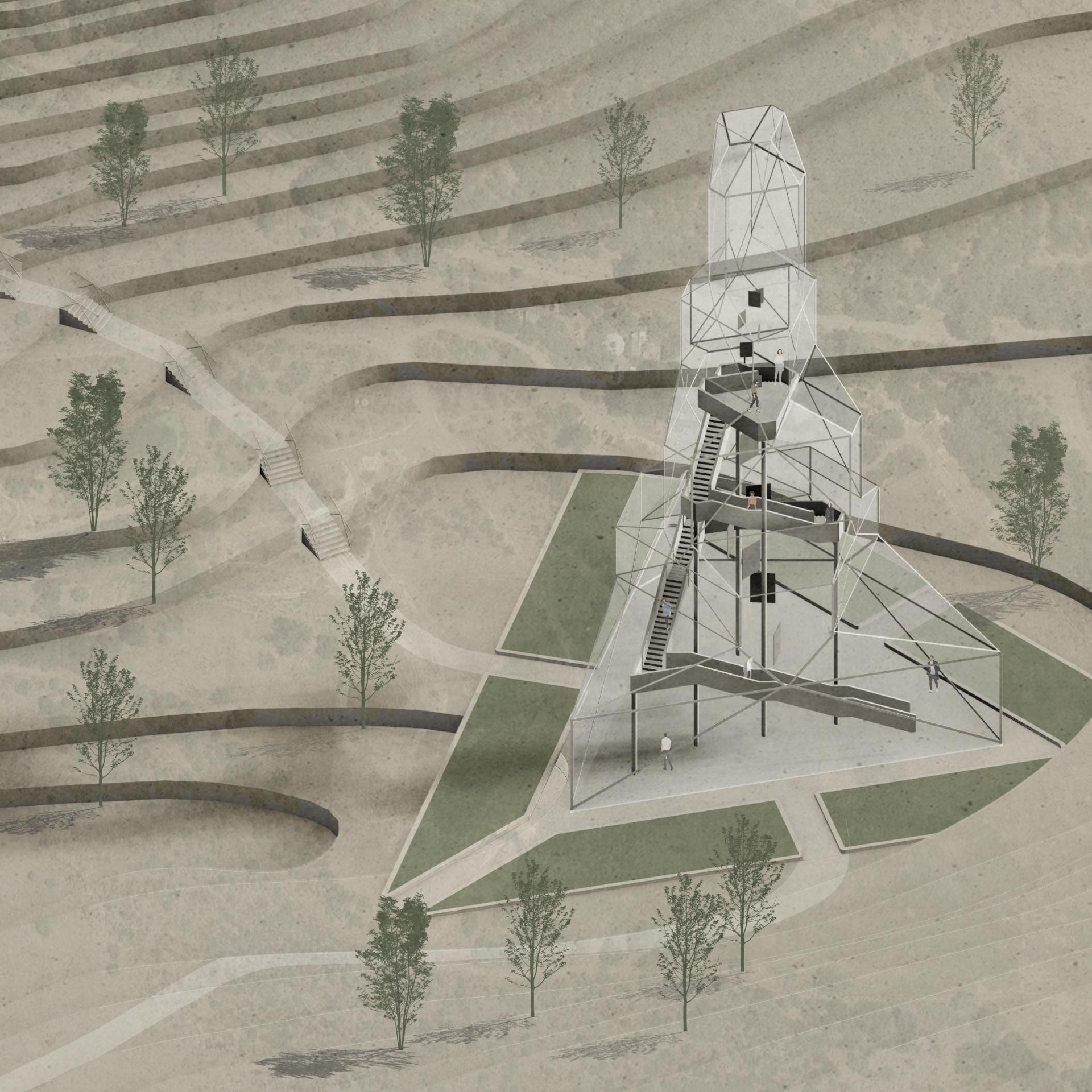
Cenotaph for Newton
Etienne-Louis Boullee
1784
reference photo 4
Image

Image
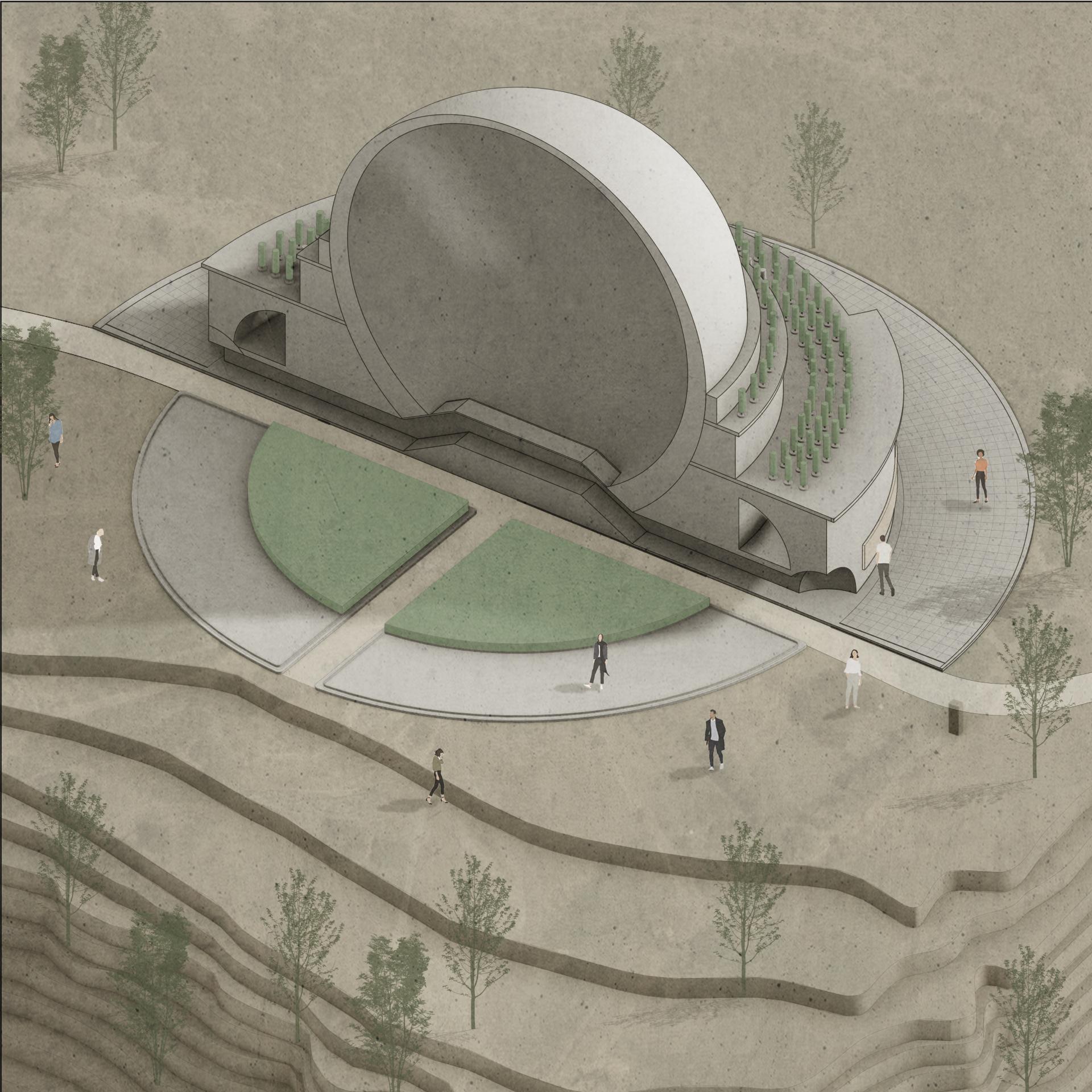
Hydroelectric power station
Antonio Sant’Elia
1914
reference photo 5
Image
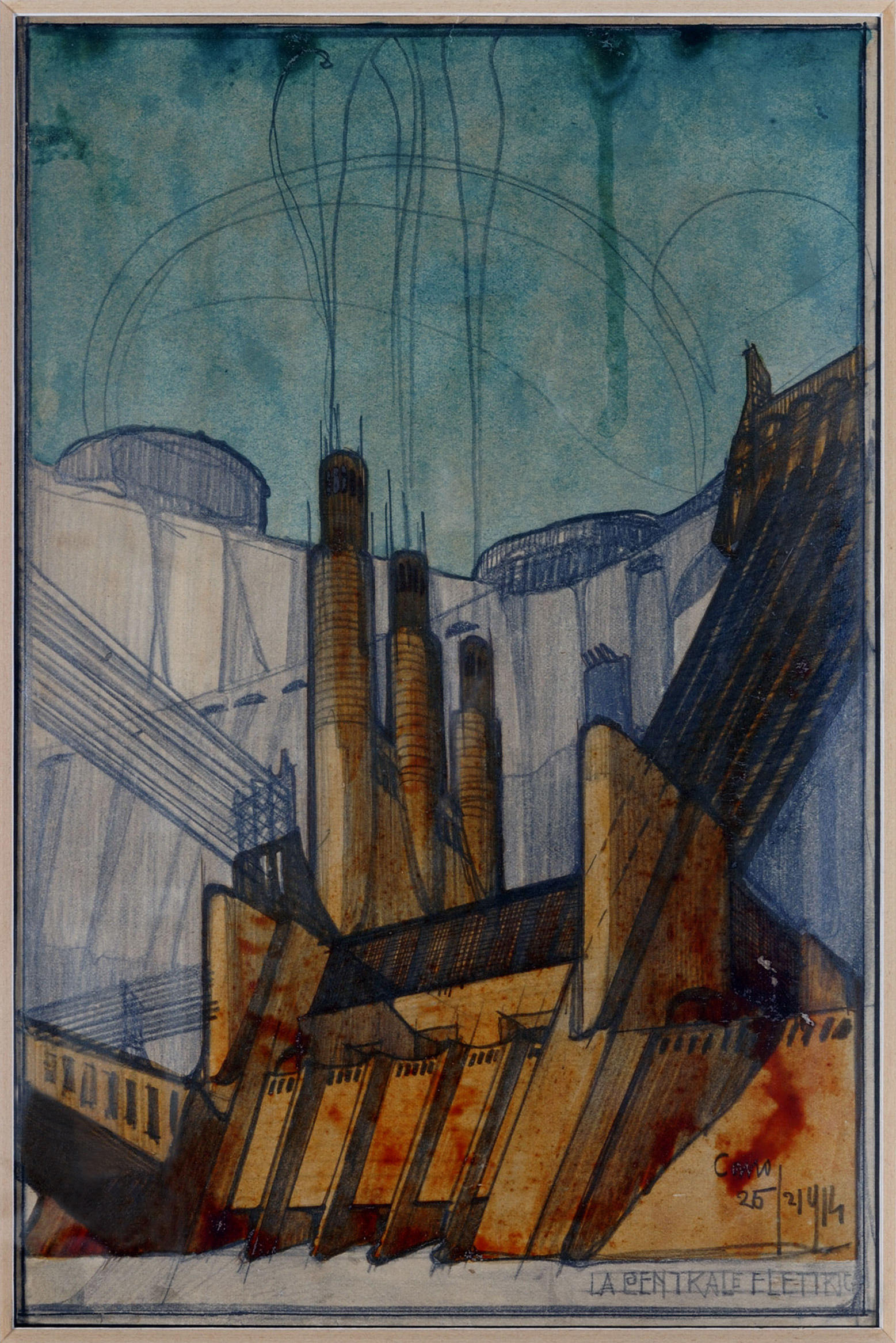
Image

Highrise of Homes
SITE
1981
reference photo 6
Image
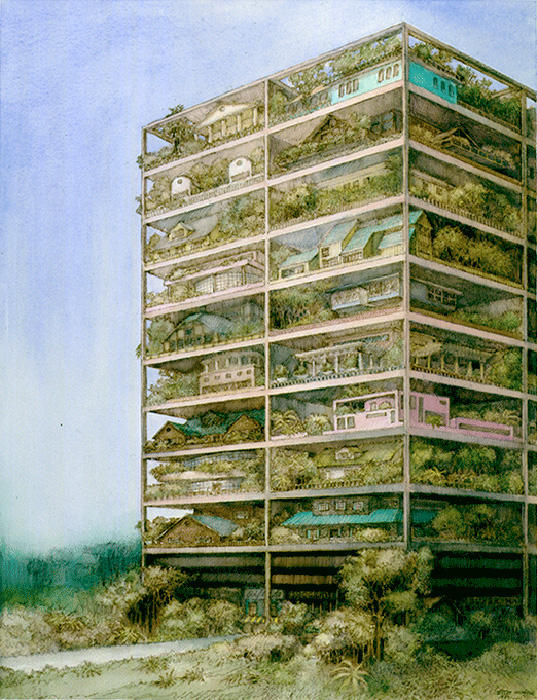
Image
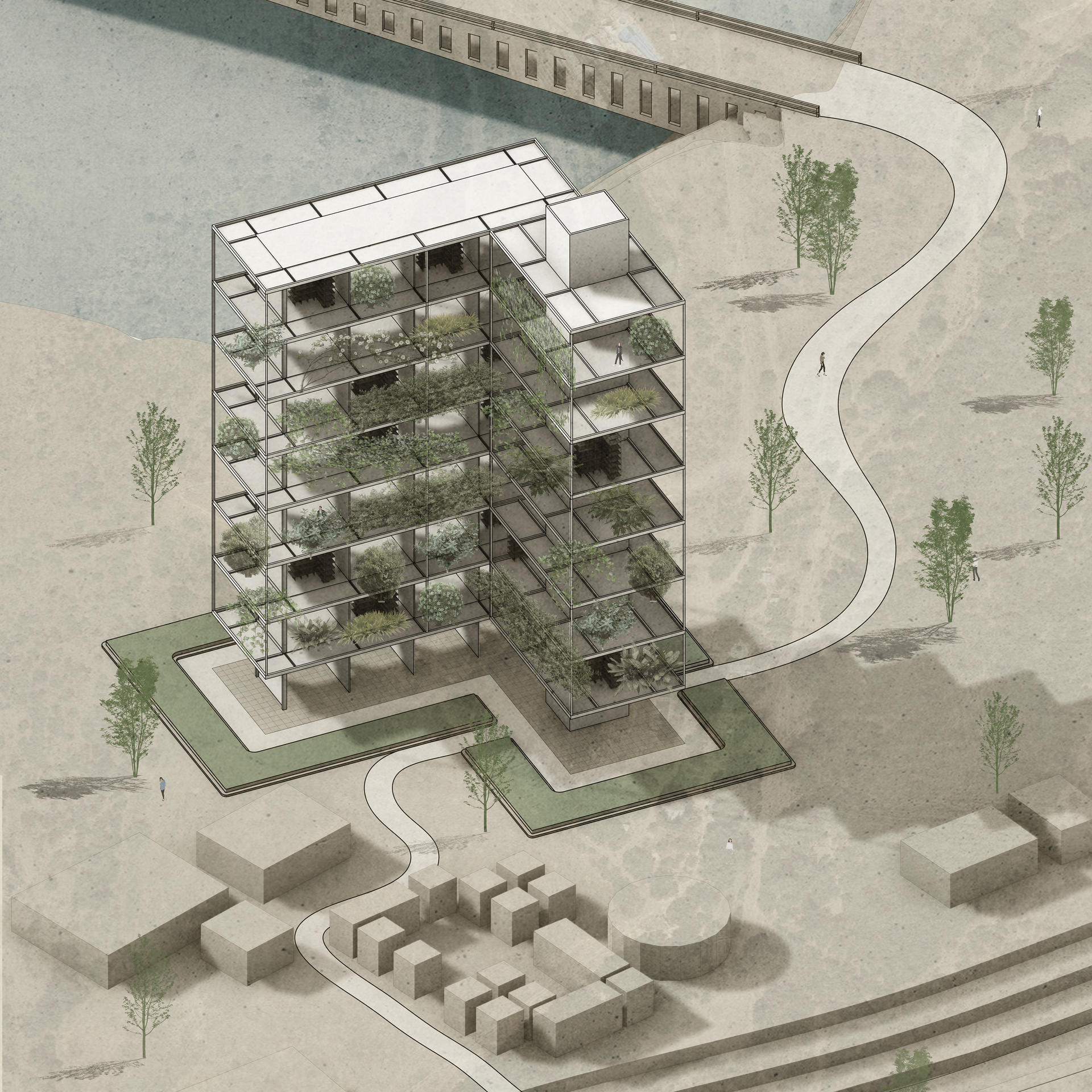
The Ideal City
School of Piero della Francesca
1480
reference photo 7
Image

Image
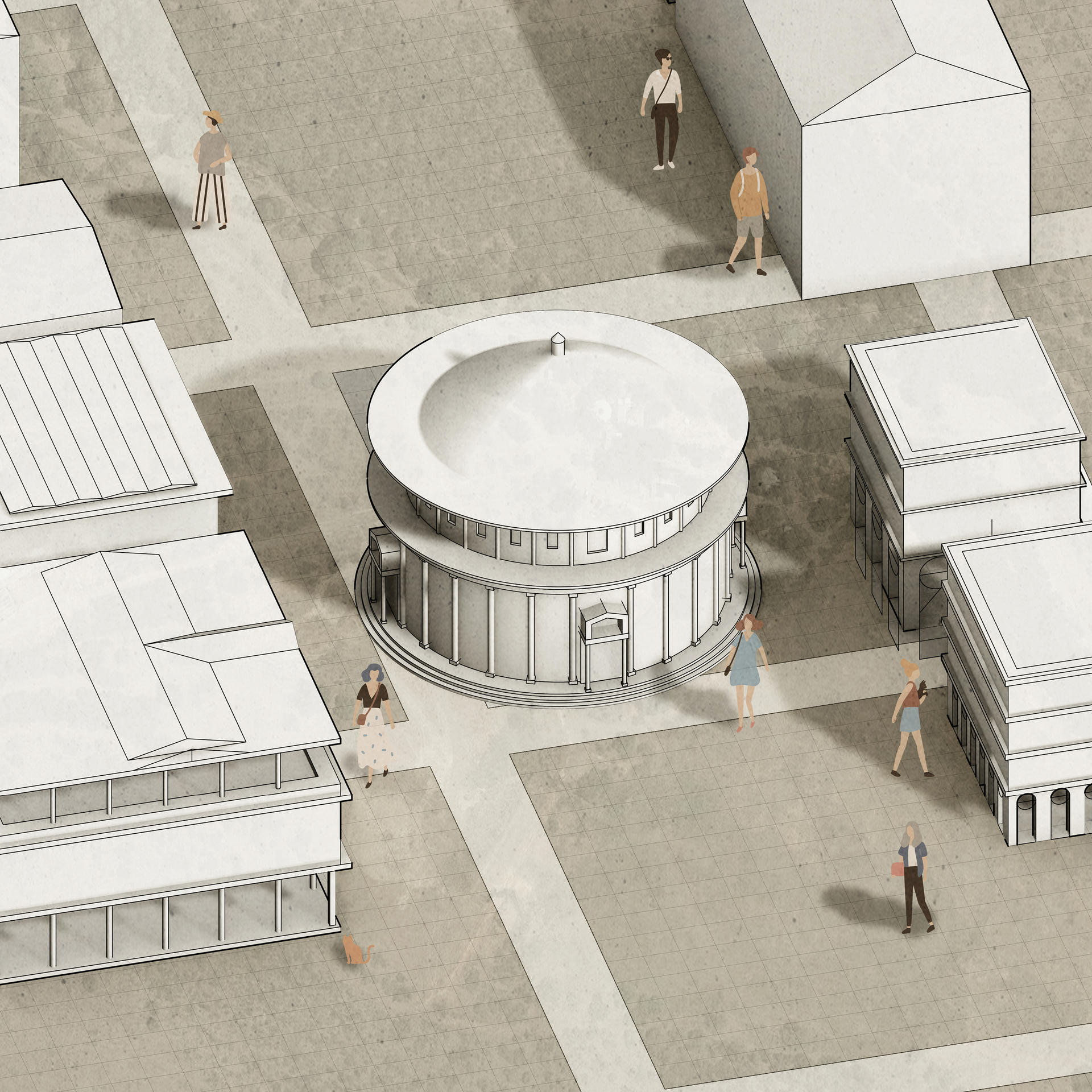
Plug-in-City
Archigram
1964
reference photo 8
Image
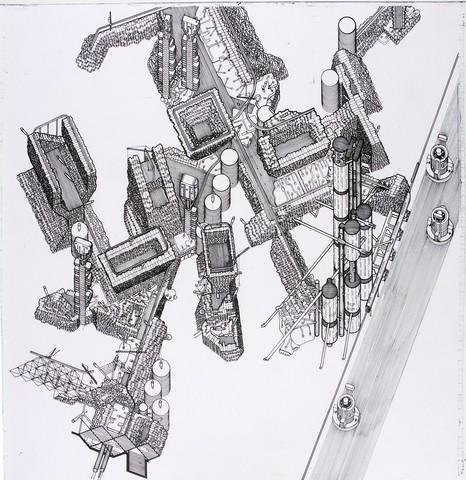
Image

The Forth Organism
Xiao Fang
2020
Image

Image
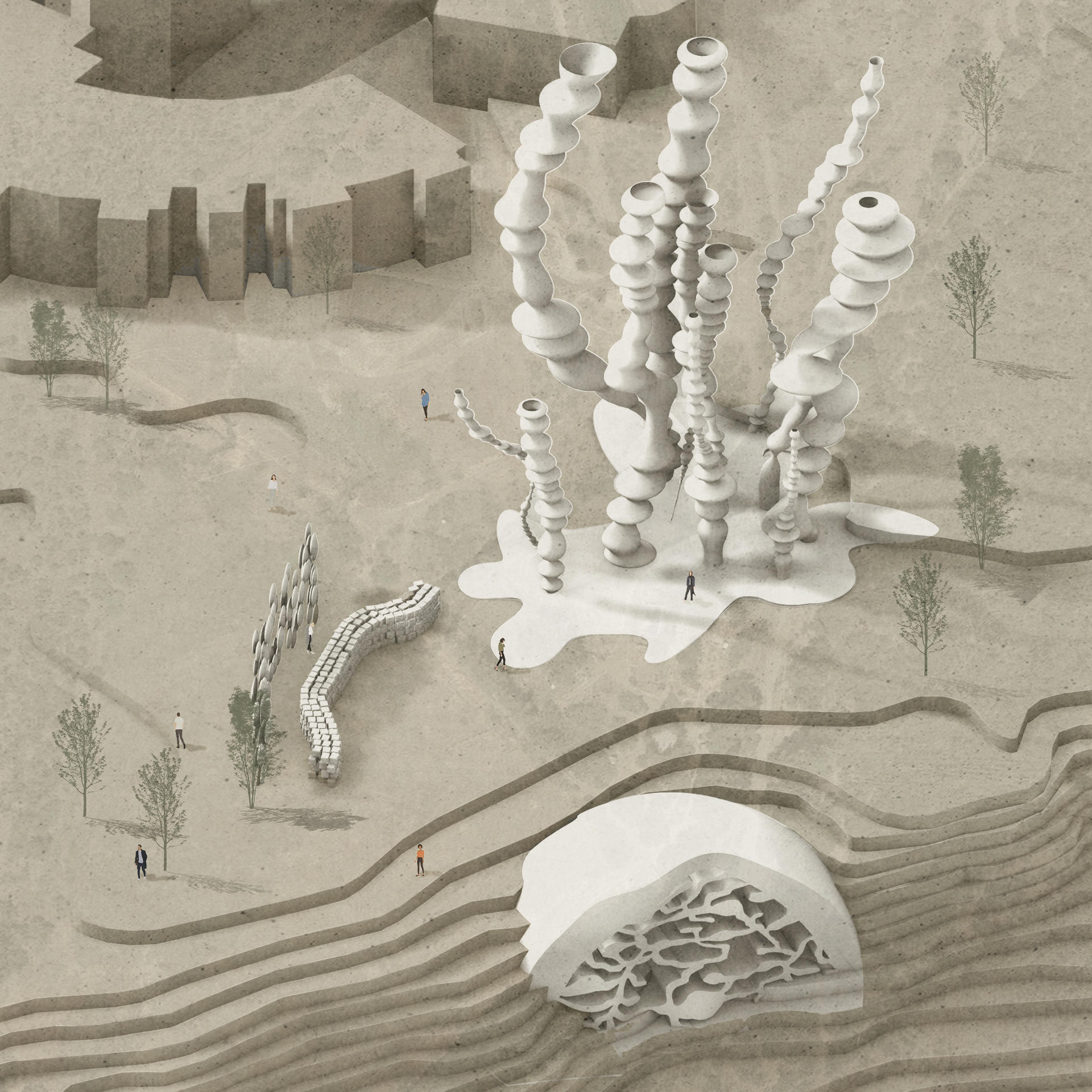
Xiao Fang: fangxiaotm@hotmail.com